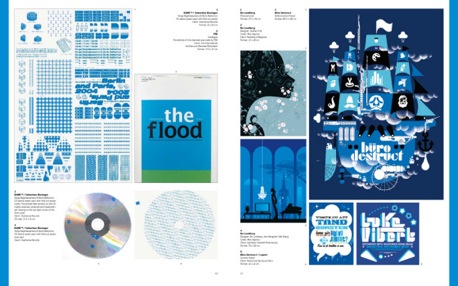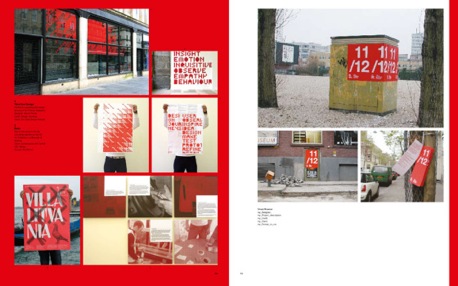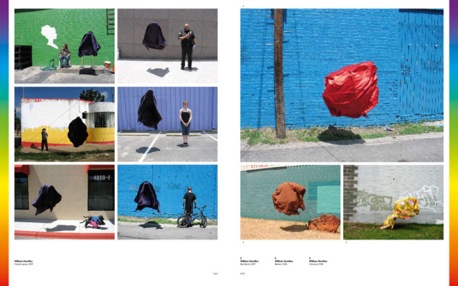Three Books on Colour - Part One: Kelvin: Colour Today
Books on colour must be the new black. We were sent two in a row recently – Kelvin: Colour Today



Every designer and artist knows that if you mix every colour in the rainbow together you get white with light and black or muddy brown with paint. So it is with Kelvin: Colour Today
Kelvin is divided into eleven main colour chapters starting with blue, red, yellow, green, purple, brown and orange and moving on to include white and black (not colours, strictly speaking), rainbow and a ‘special colours’ section for colours such as fluorescents, silver and gold. It is, as ever with Gestalten, a lovely production - 320 pages of carefully printed and bound richness and of course the utmost care has been taken with the colour management and special inks.

On the other hand, the book’s content is strangely contradictory. In the preface the editors tell us that “Kelvin refrains from making intellectual speculations. Kelvin is the temperature of colour.” It is not clear whether they are talking about the term kelvin being scientifically neutral or the book’s text, but I suspect the latter. Yet the opening essay by Anne Krauter and every short introduction to each colour chapter by a guest writer is naturally an intellectual speculation about colour. Indeed, how could it be anything other when colour is such a subjective experience?
Krauter’s essay is, nonetheless an interesting and admittedly more historical account of colour, but the other chapter introductions are a mixed bag. Robert A. Shaefer’s clichéd reading of red was worthy of a first semester design student, which is disappointing given that he is Design Director at MetaDesign in Berlin. Not even a mention of red being the traditional wedding colour in Chinese culture, for example.

Fortunately filmmaker Matthias Hoene picked up the (spinning colour) ball with his evocative account of a yellow:
“When I think of yellow, I think of happy days in the sun or the refreshing taste of lemons. I think of people wanting to be noticed driving yellow Ford Mustangs down LA highways. I think of the colour of the lovely runny egg yolk in the poached egg I have every morning. I think of celebrity gossip in the yellow press: mostly bleach blonde Paris Hilton and her gang’s adventures in prison. I think of the difficulty of removing bits of corn stuck in between my teeth at a summer barbeque while trying to chat up a lady. I think of the colour of my brother’s wedding ring as it came out of the blacksmith’s fire.”
Colour is such a rich area of design and, indeed, writing, as Hoene’s essay shows. Herein lies the contradiction of the book – colour seems like such a clear way to categorise design, but the result is that you realise what a random way of categorising design it is.
Apart from the colour, of course, the examples in any one spread or chapter bear little relationship to each other. The colour is clear, the connections are muddy. Ironically enough, the rainbow section was the most interesting to me because of the range of colours.

Perhaps I missing the point or the point just didn’t reach me. Perhaps I should have read it on a sun-soaked summer afternoon rather than a dreary grey Northern European winter. Kelvin is a good design resource, especially if you are working on colour-dependent projects or putting together some mood boards. It is also beautiful book as an object, but as a hot read in itself Kelvin left me a little cold.
Buy Kelvin: Colour Today from Amazon.com


Look out for parts Two and Three in our Three Books on Colour series with reviews of Olga Gutiérrez De La Roza’s An Eye for Color


